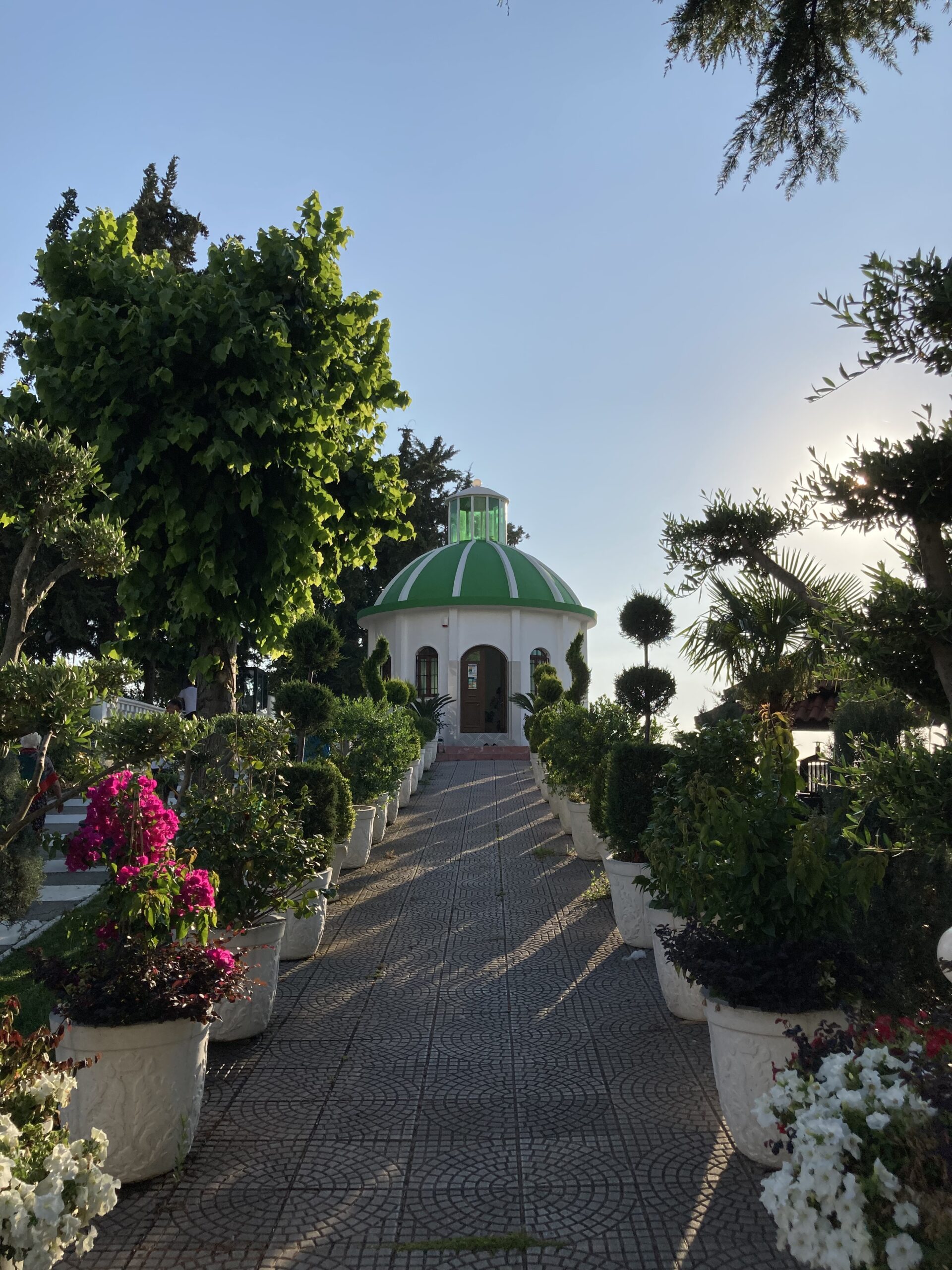After spending years studying a variety of topics and eras in history, if there is one thing that I am convinced of, and can proudly say that I “know,” is the fact that nothing grows in a vacuum, no nation, no state, no government, no empire, nada. Ever since the very beginning of history, civilizations have been in contact with one another, which resulted in quite a lot of regional or global patterns in everything ranging from trade to warfare, and from food cultures to religion. This does not mean that one cannot speak about any “unique” story of a single society, it simply means that one can often find quite a lot of relations with “the others” in that story that they come up with, as that is literally how history was often, if not always, made.
When it comes to Albania, and their own interactions with different peoples and powers that they intertwined in the past, we sure have a lot of ground to cover thanks to their relatively rich history of what some may refer to as occupations, and what some others may call being conquered. Lands have changed hands a plethora of times in the past, and Albania was no exception, in fact being in the Balkans, it may have suffered a bit more than usual when it comes to invasions and annexations. Of course, other than these more abrupt changes in its “ultimate” rulers, there were periods when it and its people were under the heavy influence of a state or another, albeit not being a part of it officially. This is a tale that is best told by actual Albanian historians, alas, let me now share with you a few remarks of mine on the issue, covering some but not all the powers that Albanian came into contact with over the last few millennia.
The Ancient Albania
When nationalism as an ideology was quite rampant around the 19th and early 20th centuries, it was quite common to see many newly independent states try and associate themselves with the ancient inhabitants of the lands that they had then claimed to further legitimize their rules. In case of Turkey, there were even attempts to claim that Hittites and the modern Turks living in Anatolia were somewhat related, yes, it gets pretty interesting the deeper you study that “lore…”
Similar attempts are apparent in Albanian nation-making efforts. Even the name of their currency, Albanian lek, comes from Leka, a shortened version of Alexander the Great. After Greeks and Macedonians, it was interesting to hear that there was yet another group of people that “appreciated” Alexander’s campaigns so much so that they wanted to honour him by naming their entire national currency after him. Of course, this does not stop there. Portraits of Illyrian King Gentius and Queen Teuta adorn the obverse faces of 50 and 100 lek coins respectively. Sculptures of these ancient Illyrian rulers and many more are scattered around the country, and the assumed geographical expanse of the Illyrian people are often illustrated in relevant museums etc., often corresponding quite closely with what many would refer to as Greater Albania, an irredentist political concept that asks for certainly a lot of land from many of Albania’s neighbours, if not all, depending on whom you ask.
Turks and Albanians
Turks and Albanians have a particularly interesting history to say the least, which created a very interesting dynamic for the relationship between the two countries. Whenever an Albanian found out that I am a Turk, they would often yell “Arkadaş!” (Turkish word for friend) followed by some other words that they learnt, often through Turkish soap operas, for which they have an entire TV channel reserved for called Seriale Turke HD.
Plenty of renovations in the country, such as that of Ethem Bey Mosque in Tirana, as well as the building of many schools, such as the one named after Mustafa Kemal Atatürk in Vlorë were carried out by Turkish governmental agencies such as TİKA. Vlorë even hosts a Turkish naval base, Pasha Liman Base, one of the few Turkish military bases outside of Turkey.
Turkish food is ubiquitous, and our host in Tirana even insisted that it was preferred over Albanian food by many, which is not very surprising not because Turkish food is “superior” per se, but because the two cuisines are extremely similar to one another. Likely, the “exoticness” of the Turkish cuisine may put it a step ahead for some who are into Turkish culture, or perhaps it is the more liberal use of spices that it boasts, who knows.
All of this may read like a love letter between the two countries and coming from Turkey I know that this love goes both ways. After all, there is a huge Albanian-descented population in Turkey, which makes a lot of people know about Albania and its people even without ever stepping foot to the country itself.
However, what is truly interesting in this particular case is the fact that two of the most important figures in Albanian history, whose sculptures are ever present in the public sphere no matter where you go, and whose names every Albanian knows by heart are ostensibly known as “traitors” or at the very least “great nuisances” in Turkish history: Skanderbeg and Ismail Qemal.
Both individuals held important roles in the Ottoman Empire, former was a military commander and a bey (thus the ending of his name in English) that later rebelled against the Porte, and the latter was a deputy in the Ottoman parliament from 1908 to 1912, alongside with many other civil servant titles that he held before eventually proclaiming Albania’s independence in 1912, becoming the founding father of Albania. Both got their education in Istanbul, the former studied at the Enderun School as a hostage of Porte, while the latter completed his advanced studies at the Istanbul Law School. Both knew Turks quite well, as well as the way Ottoman Empire worked, and that knowledge in turn helped them further their own nationalist (or proto nationalist) agendas.
It is quite understandable why both are often represented in a rather negative way in the Turkish language historiography, what is quite puzzling is that despite these “thorny” issues the relationship between the two people today is positively surprising. Albania was one of the first Ottoman holdings in the Balkans, and it was the very last one to declare its independence. Ottoman policies in the region were not the best, as they were often not in the favour of local economic development in the rough mountainous region of Albania.
It is also quite interesting to see that despite Turkey’s official status on recognizing Kosovo as an independent state, arguably Serbian-Turkish relations are, for the lack of a better word, almost as cordial as the one with Albania as well, if not more. Citizens of both countries can now visit each other by using only their ID cards, there are Serbians in Turkey and Turks in Serbia that work in all sorts of industries, Turkish arms industry sells even some of its latest technologies to Belgrade, and all these things occur in broad daylight. Despite these “hurdles,” modern and ancient, Turkish-Albanian relations today are quite top notch to say the least.
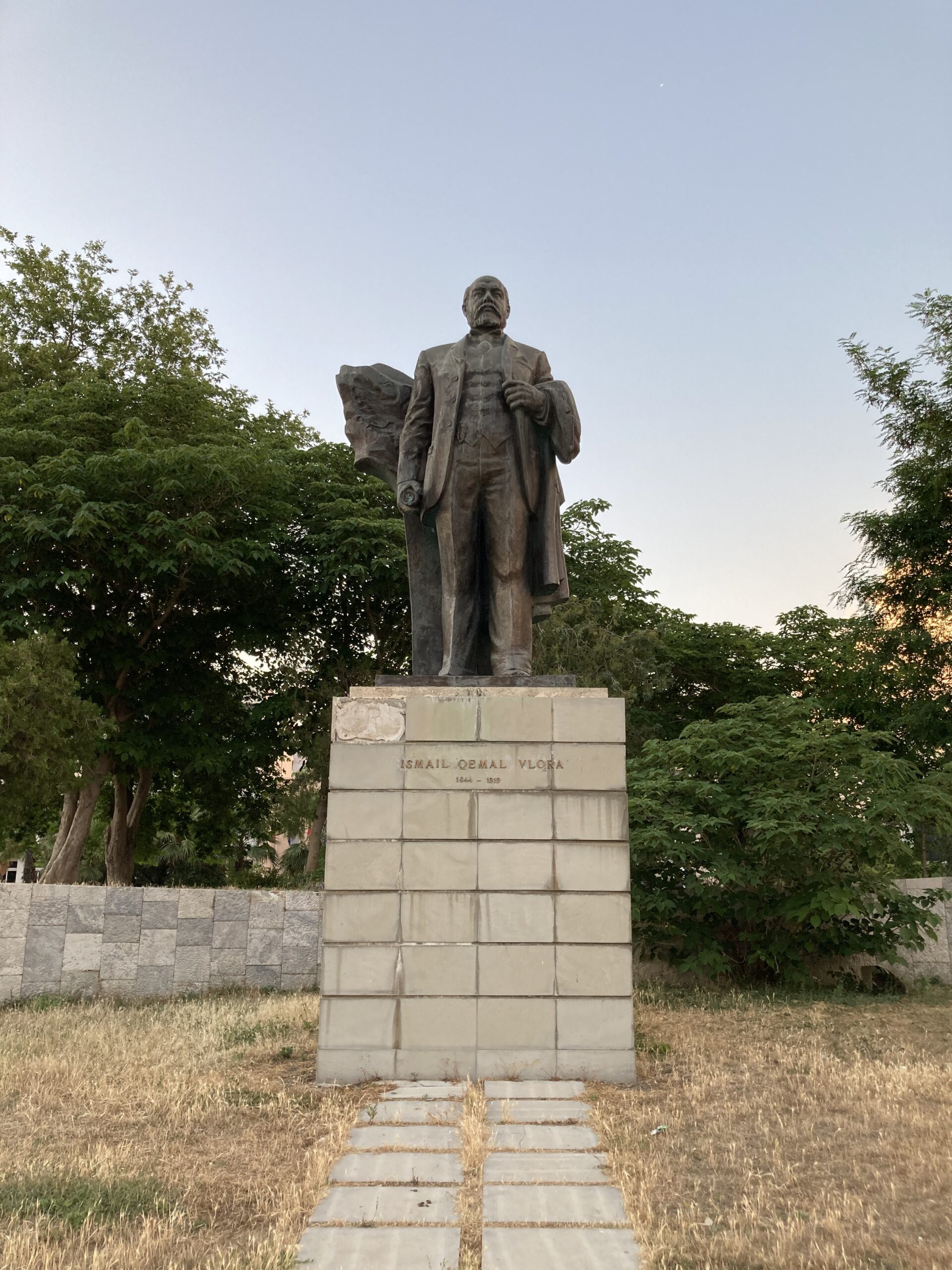
Italian Albania and Albanian Italy
Ottoman Empire was not the only nor the most recent power to conquer this mountainous part of our globe, evidently, Italians were (if we do not include the short Nazi occupation) the last to do so. King Zog of Albania was in a rather rough situation at the early 20th century when he realized that the country was stuck in between Yugoslavia, Greece, and Italy, among which he opted for Italian aid and partnership when the rest of the world did not find it fitting to give the required loans to this fledgling country. A cooperation of sorts with a Great Power was arguably a necessity at the time for such smaller states so that they too could “modernize” to a decent extent, which often meant some sort of industrialization.
This however, meant that Italians would infiltrate further and further into Albanian politics and society at whim. They would slowly come and settle in the newly drained swamps of the Albanian riviera starting from 1920s, and Italian would be made available to many Albanian students in their schools during 1930s. Tirana would be built up significantly in the same decade as well, when Zog spent up to three quarters of the state’s budget on such construction projects to turn the city into a “worth European” capital.
Italian pressure on the country was ever present, and eventually, despite Zog’s attempts to prevent Albania being reduced to a simple vassal state under the Italian Empire, Italian government found an opportunity to invade the country in 1939, fully annexing it without much opposition in the same year and incorporating it into their own empire. Eventually the fall of Mussolini meant that Nazis came in an took charge briefly in Albania, after which the country was once again left to its own devices.
One may assume that this rather recent and not so pleasant invasion of the country by the Italians could cause some bad blood between the two peoples, however, this cannot be further away from the truth. Italo-Albanian relations today are quite superb to say the least. A leisure airline titled Albawings flies almost exclusively to Italian airports, ferrying in and out tourists en masse. Plenty of Albanians work and live in Italy and send remissions back home.
Since Italian is still extremely popular in the country, and because it is so close and well-linked to Italy, Italian tourists flood it quite regularly. In some cases, it is a bit like “Little Italy” for many, with cheaper yet still superb Italian food readily available, and cheaper and unspoiled little towns along the Adriatic coast for those that wish to swim. Even the architecture, at certain coastal cities, reminded me of the buildings I have seen commonly in the short time I spent in Italy.
There is also the case of the Italo-Albanians, or Arbëreshë people as they are often called. These are the descendants of Albanian refugees that left the Balkans in favour of Italy when the Ottomans conquered it, fearing that their Catholic ways may be in jeopardy. It would not be a stretch to argue that Orthodox Christianity was in fact the “favourite” of the Porte, so likely they were not mistaken in their assumption. These people created a vibrant Albanian society within Italy, and to this day there are some that speak Albanian amongst them, further establishing ties between the two states. Albania even sent Italy some doctors to help cope with the breakout of the Covid-19 pandemic in the peninsular country.
Studying history seems quite common in Albania, or at the very least the people that I spoke to did have a decent grasp of the historical craft, referring to the Italian occupation mostly as a fascist invasion, or Mussolini’s takeover, rather than blaming the everyday Italians for it in an effort to keep a sort of artificial hate going on today. The same can be said for their understanding of Ottoman history as well, for which they often blame the Sultans or the ultra-nationalist Young Turks for what had transpired in between the two peoples, rather than the entire Turkish population itself. This sort of a decent education may be behind why Albanians are so friendly with some of their former imperial occupiers/conqueror, which is not something I can say for most countries around the world.
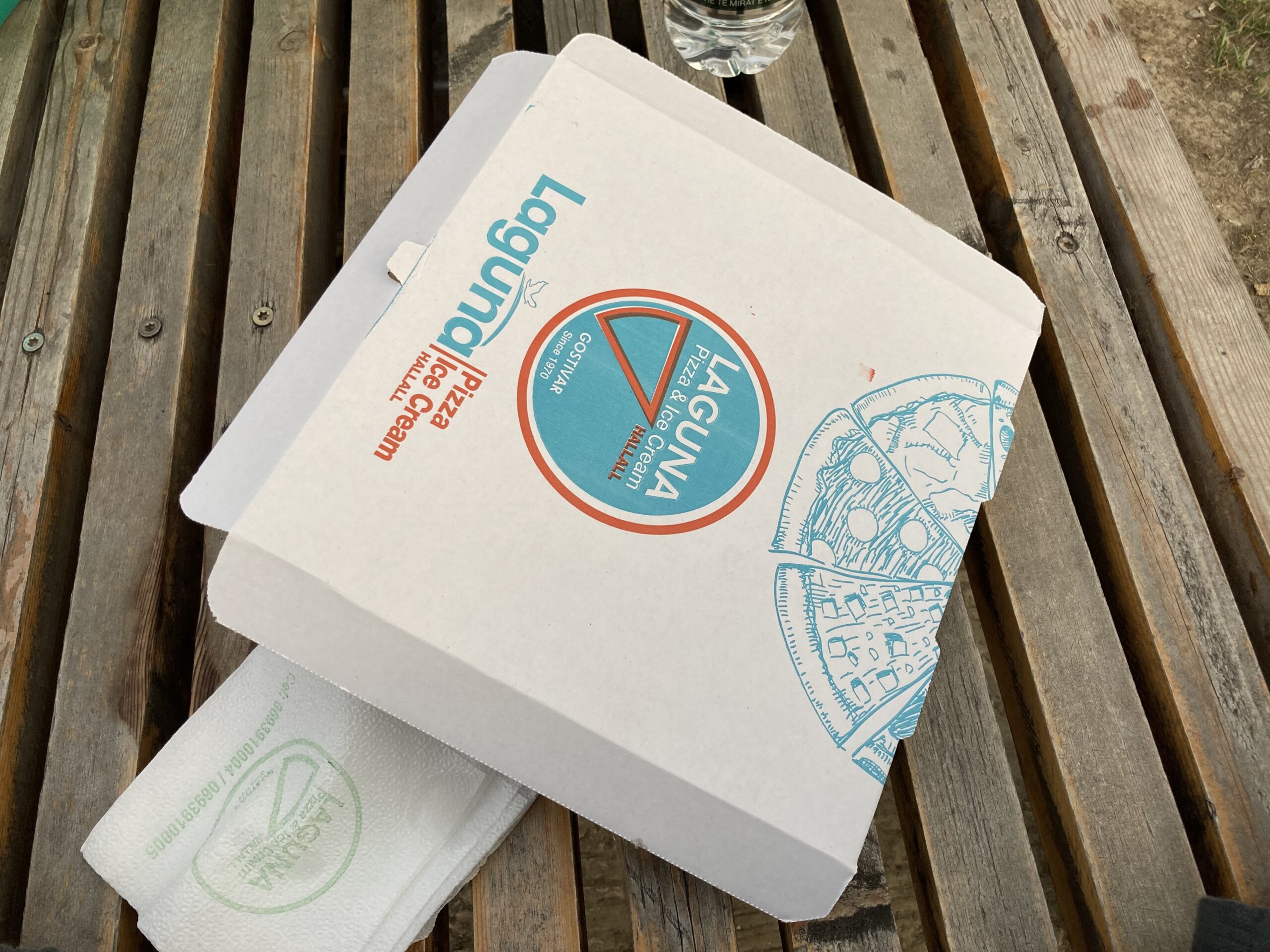
Sino-Albanian Ties
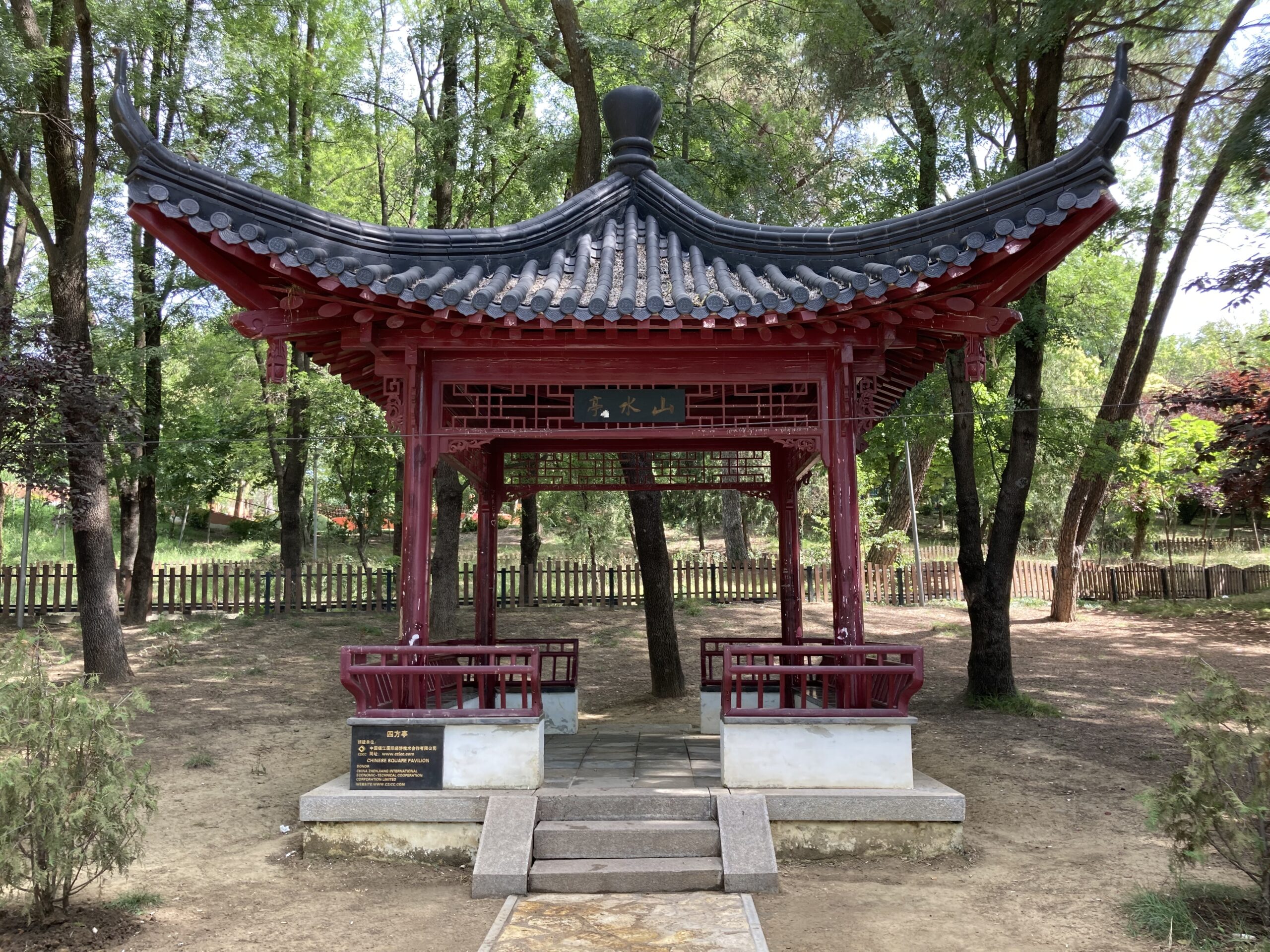
During the communist period of the recent Albanian past, one could see them repeatedly changing their close allies, swapping one for another as the time went on. This was due to a rather simple reason: Enver Hoxha returned his back to all countries that strayed further away from a staunch Marxist-Leninist understanding of socialism. Revisionism was the enemy in his mind, so when the de-Stalinization happened in the USSR, the Albanian-Soviet split followed shortly after. This was then followed by an even closer partnership with the People’s Republic of China who remained “loyal” to a more “proper” understanding of socialism. One can argue that Albania started to rely heavily on the CCP for a quite a lot of industries as now it was their sole external partner in most matters.
This reliance resulted in the overt influence of Chinese culture, and not only its monetary or technological cooperation, on Albanian lives. Even today, it is extremely common to see older Albanian gentlemen playing mahjong in parks as plenty of others watch them and comment on the game. In fact, there are even some parks that are dedicated to this Chinese game, where one can see plenty of games going on concurrently, with even more spectators. Tiny “Chinese” details can be seen in many housing projects around the country as well, where traditional Chinese roofing seems to have had the biggest impact, alongside with the use of exotic looking pillars in certain cases.
However, like all things, this relationship with the Chinese too concluded when Mao met Nixon in 1972. This was a bit too much for the Albanian leadership given just how close the CCP apparently was with the capitalists, with their leaders no less! There are rumours that this “break-up” was the reason why a central casino and restaurant complex in the middle of Tirana today is known as “Taiwan Complex,” and I am sure that you can figure out why that naming is “a bit” anti-CCP…
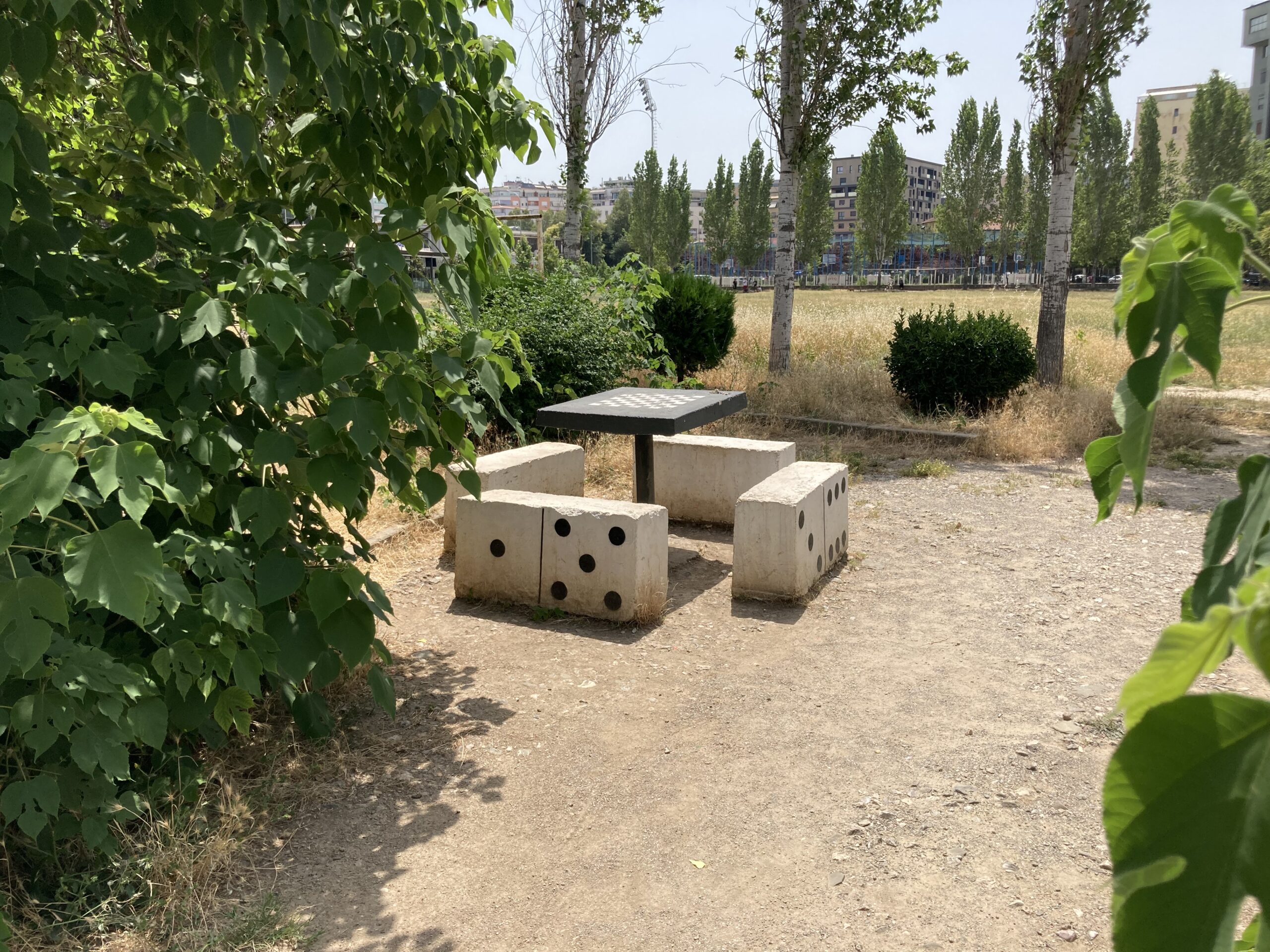
Americanism in Modern Albania
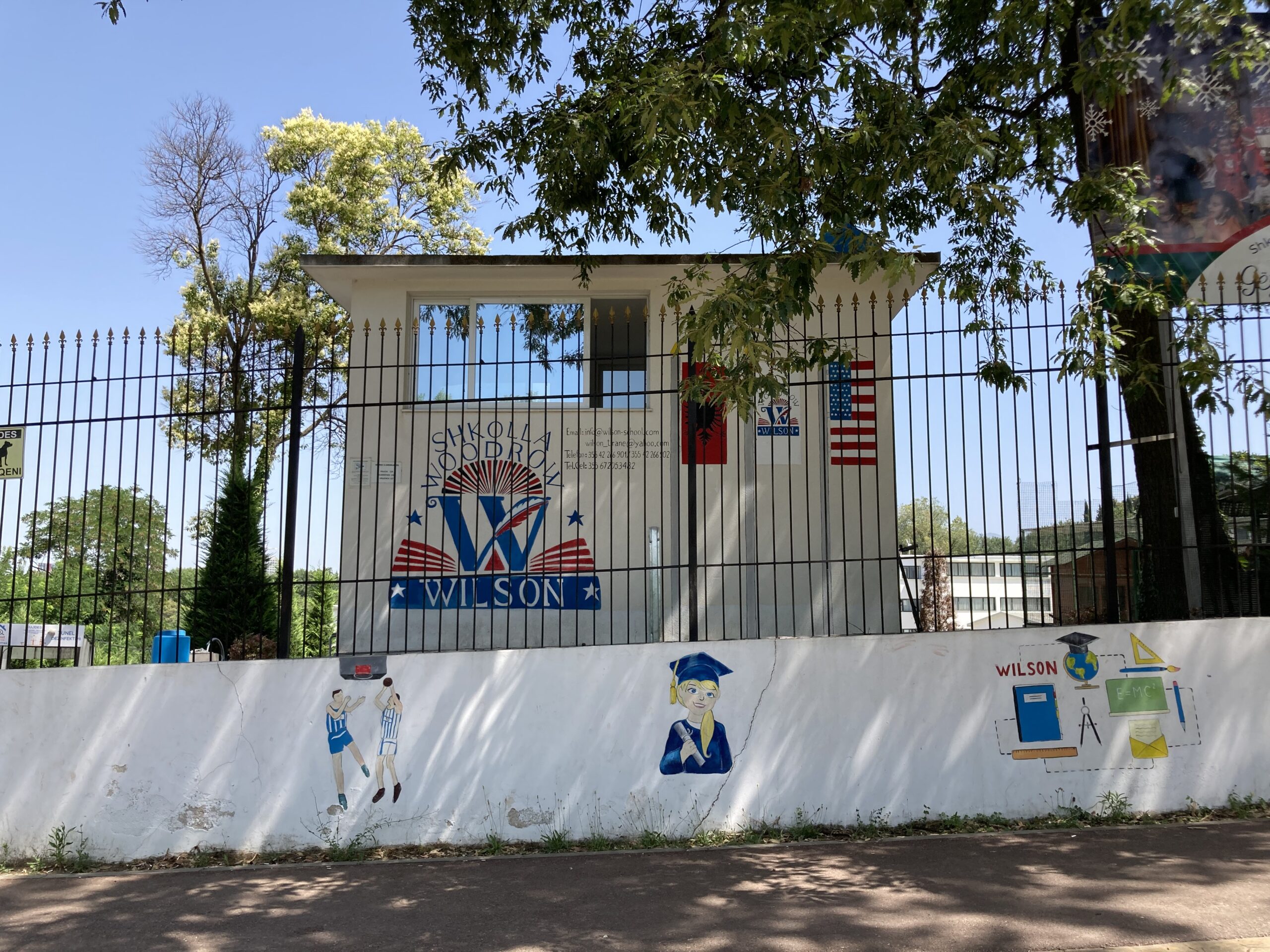
There is one crucial word that truly binds the fate of the modern Albanian people to that of the USA, NATO. Without NATO aid, Kosovo War could have taken a very different turn for all the Albanians involved, and thus 1998 became a turning point of sorts between the two countries. We met a lovely family of Albanian-Americans during our boat trip in Vlorë, who were kind enough to told us all about how so many Albanians were now living in the USA and just how it is the dream of many Albanian youth to do the same.
Homages to Americans of all sorts can be seen scattered around the country. There are pubs named after George W. Bush, cafes named after Barack Obama, and apparently even more similar venues named after many other American presidents, ranging from Clinton to Biden, and Nixon to Roosevelt. Of course, there are also many schools named after such figures as well. Some thrift stores are simply advertised as selling “American Second Hand Clothing” and it seems to be a privilege to wear such American clothes, but perhaps it pales in comparison to the Italian ones, for which there are also many thrift shops. American flags and overall American presence can be seen all around the country, and I can only presume what it may look like on the northern side of the border, in cities like Prizren, Pristina, or Peja.
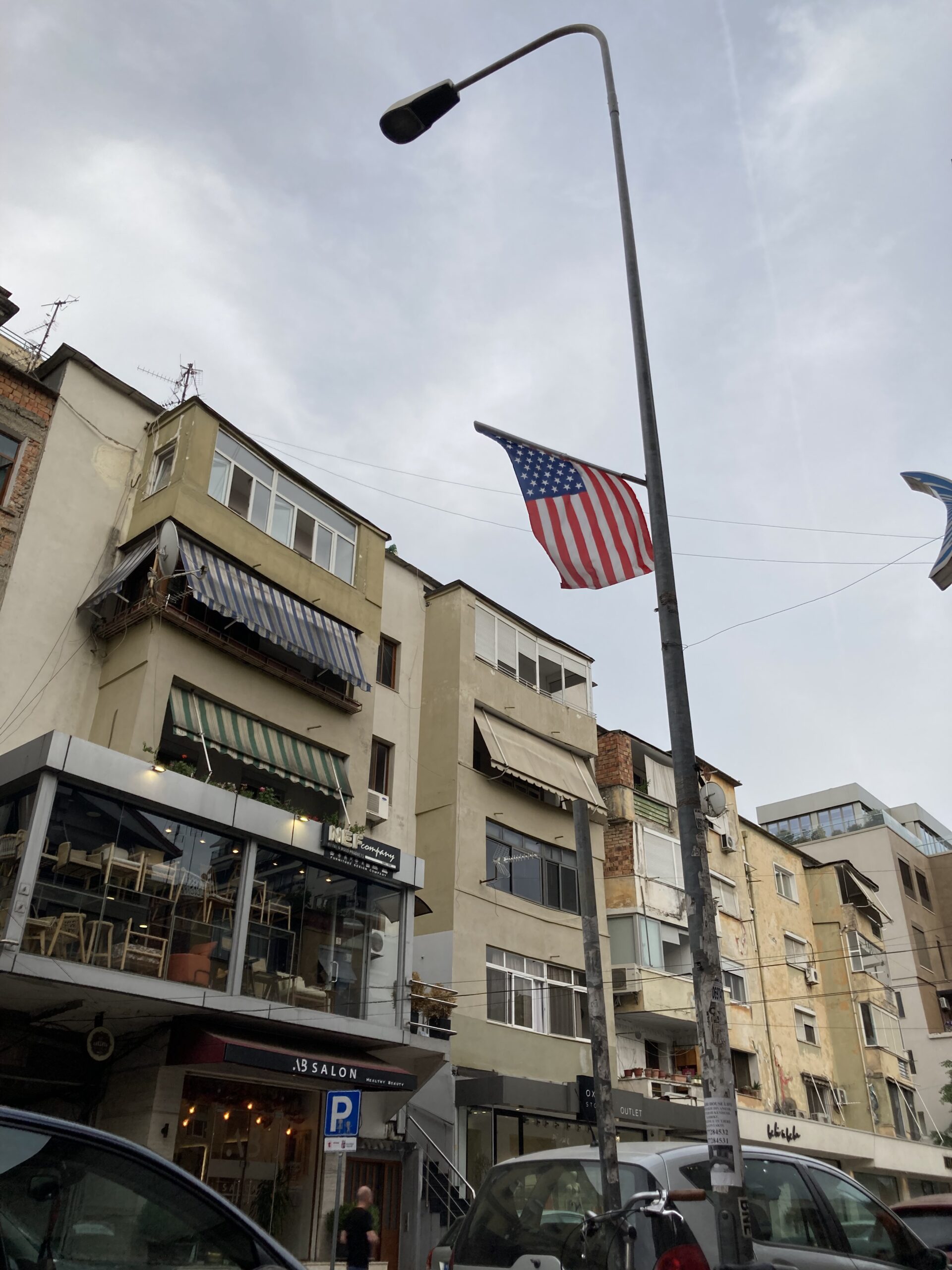
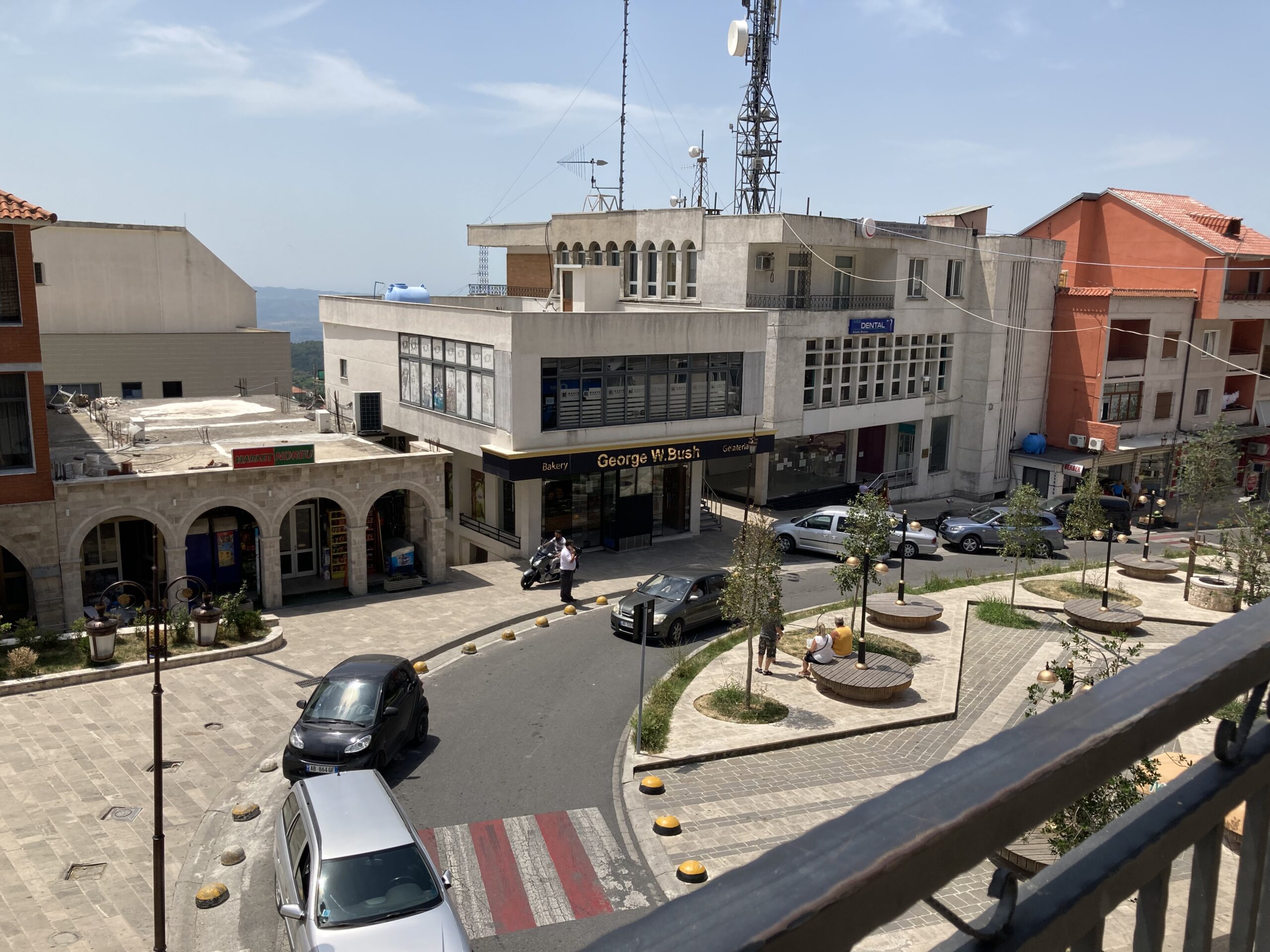
Religious Tolerance in Albania
If these encounters with “the others” shaped Albania in one crucial way, I would argue that it turned it into a rather hospitable place for religions of all kinds, though that did take some time to settle in for sure and was not quite at this level during its Ottoman period or even during the first half of the former century. As of now, there are four major religious denominations in the country: Sunni Islam, Bektashi Islam, Orthodox Christianity, and Catholic Christianity. During my time in Albania, I got to visit a few Sunni mosques, some Bektashi shrines, two Orthodox cathedrals, and two Catholic churches. All of them were buzzing with activity, sometimes something cultural and some other times a bit more religious. All seemed to be full of people that were happy to be there, and quite relaxed knowing that they could safely practice their own faith. Interfaith dialogue is extremely common, with cafes being full of people talking to each other with one carrying the cross while the other wearing a kufi. Tirana itself was exceptionally interesting as one could easily hear the bells of a church go off when the Muslim call for prayer is ongoing on the background. It is a special type of city where advertisements for strip clubs can be seen alongside with those that try to sell halal beers. People roasting boars can be seen conversing with those that prefer lamb chops for dinner. It was an exceptional opportunity for me to say the least, to witness such religious freedom, and to see just how easily it could work out if people simply tried to make it work. I can only hope that such level of tolerance only grows over time in Albania, and that way of thinking and living spreads to all around our globe.
